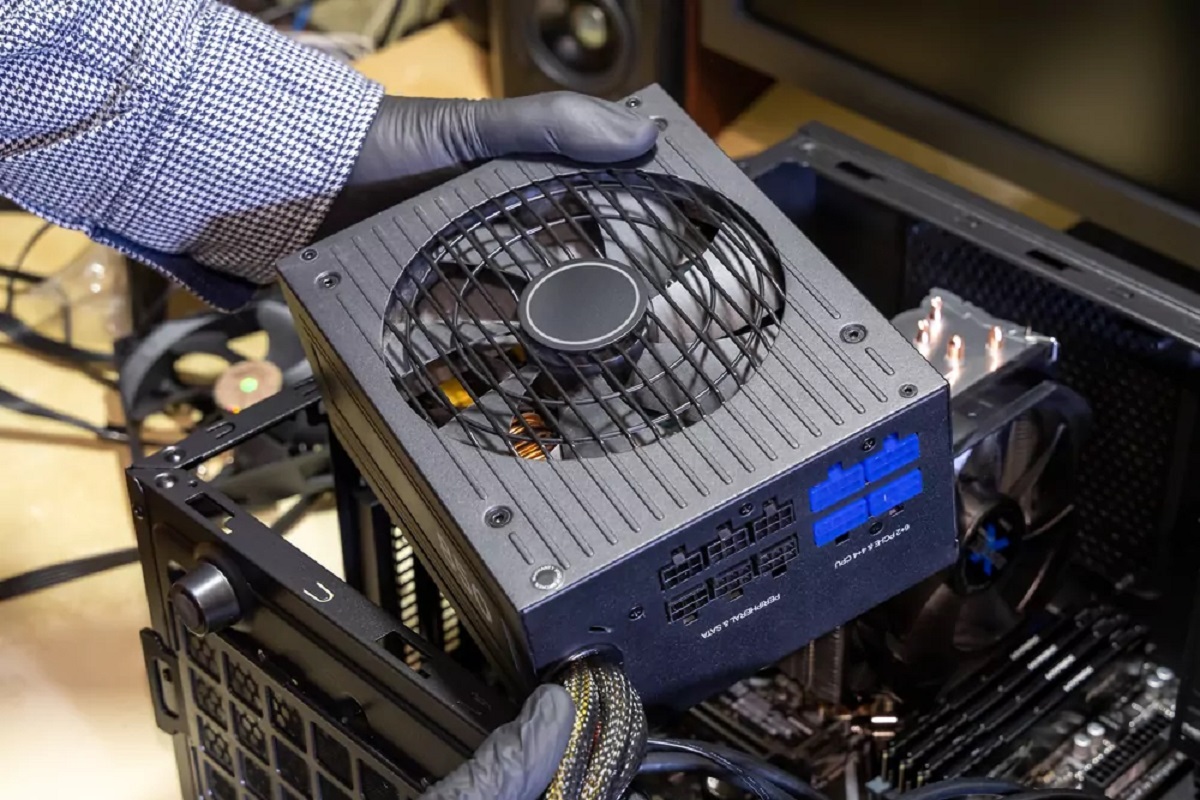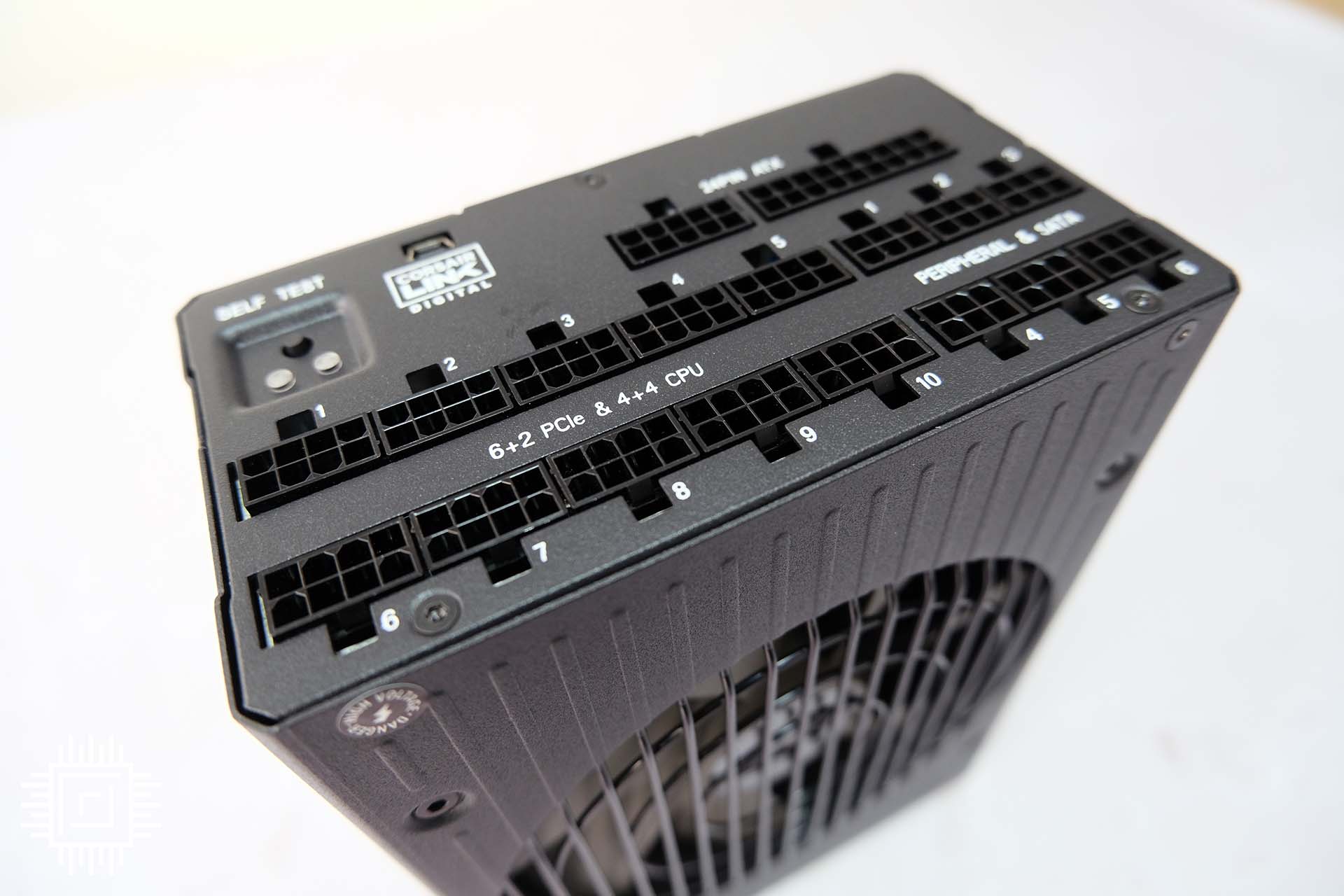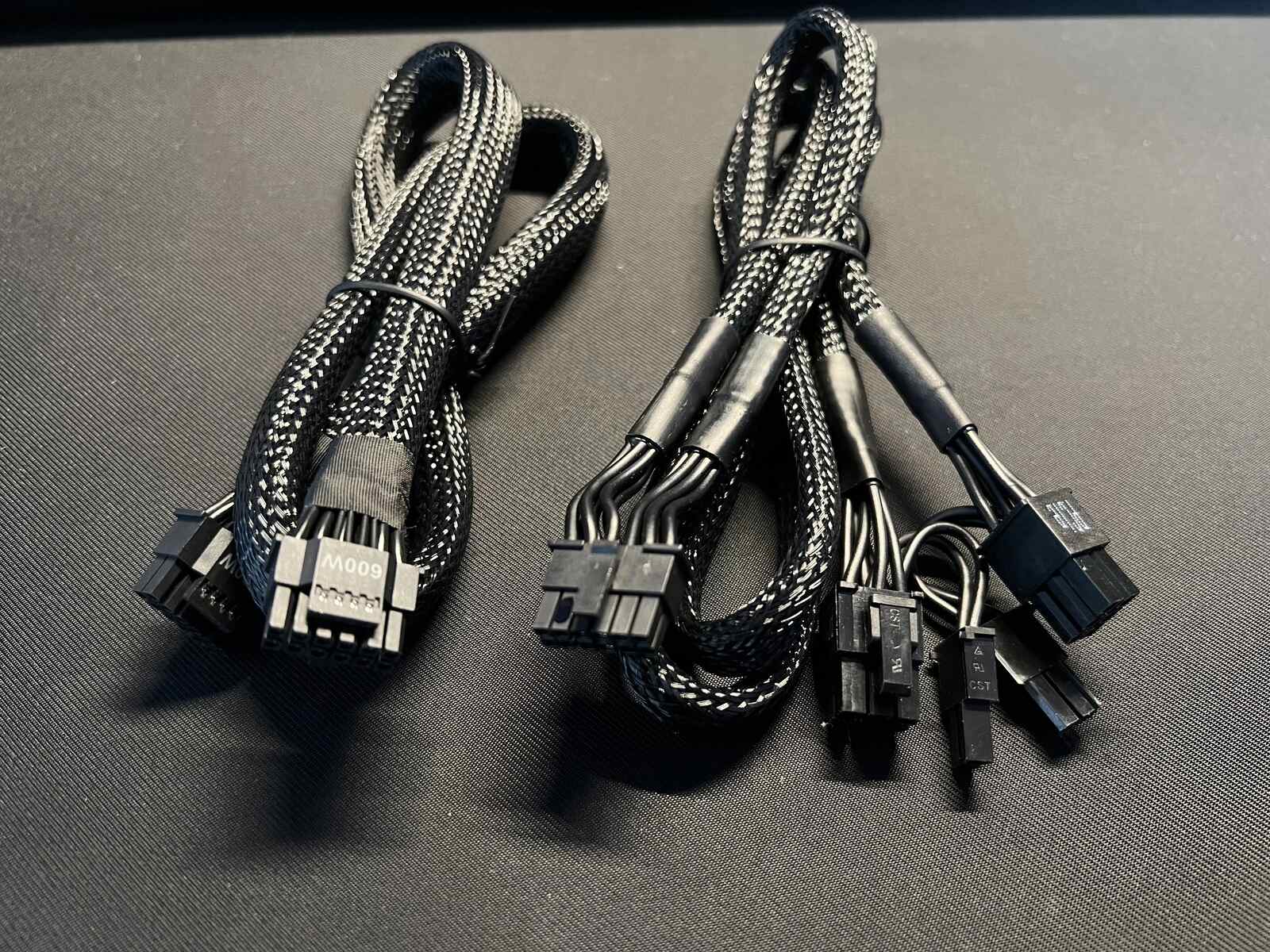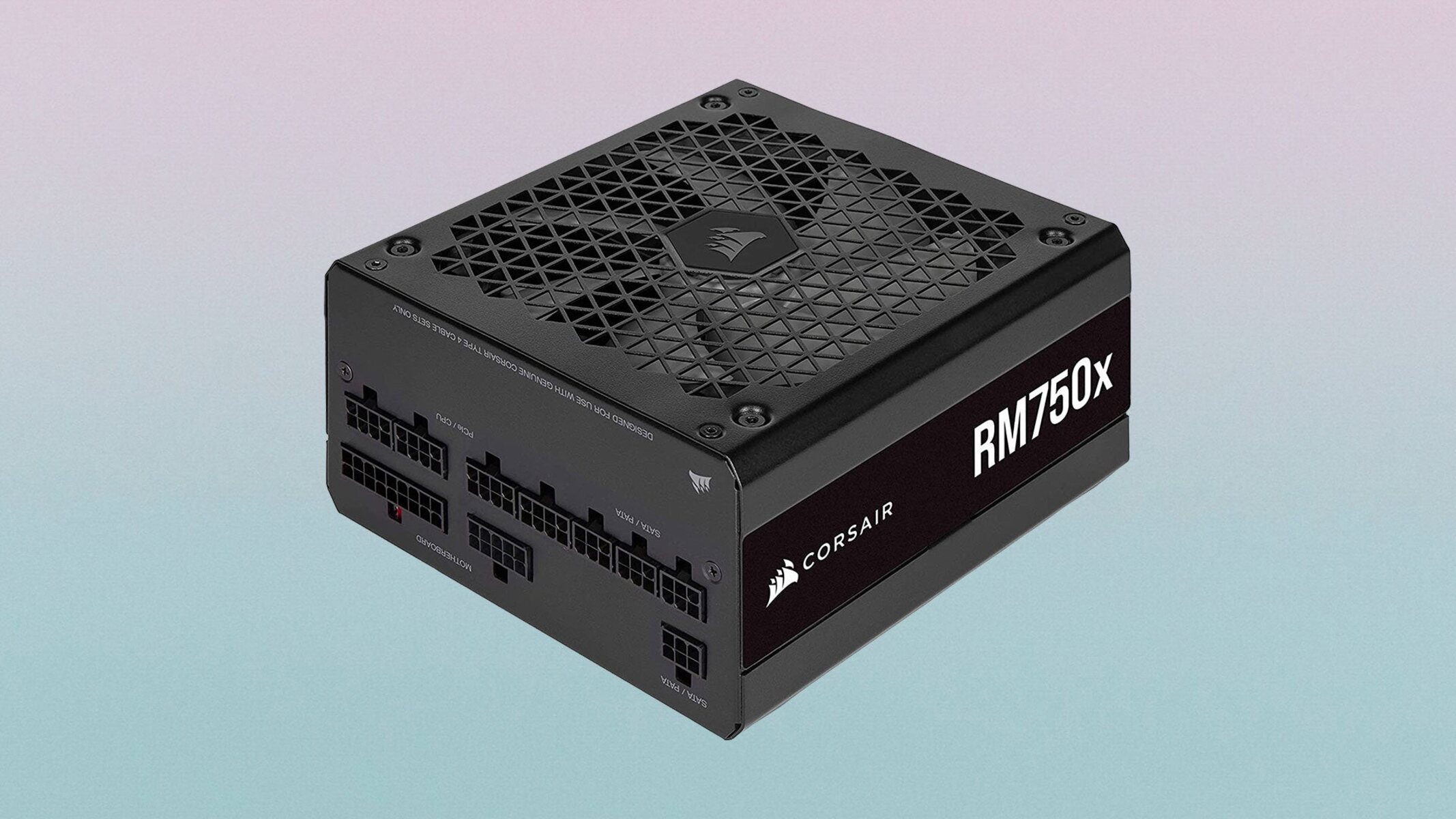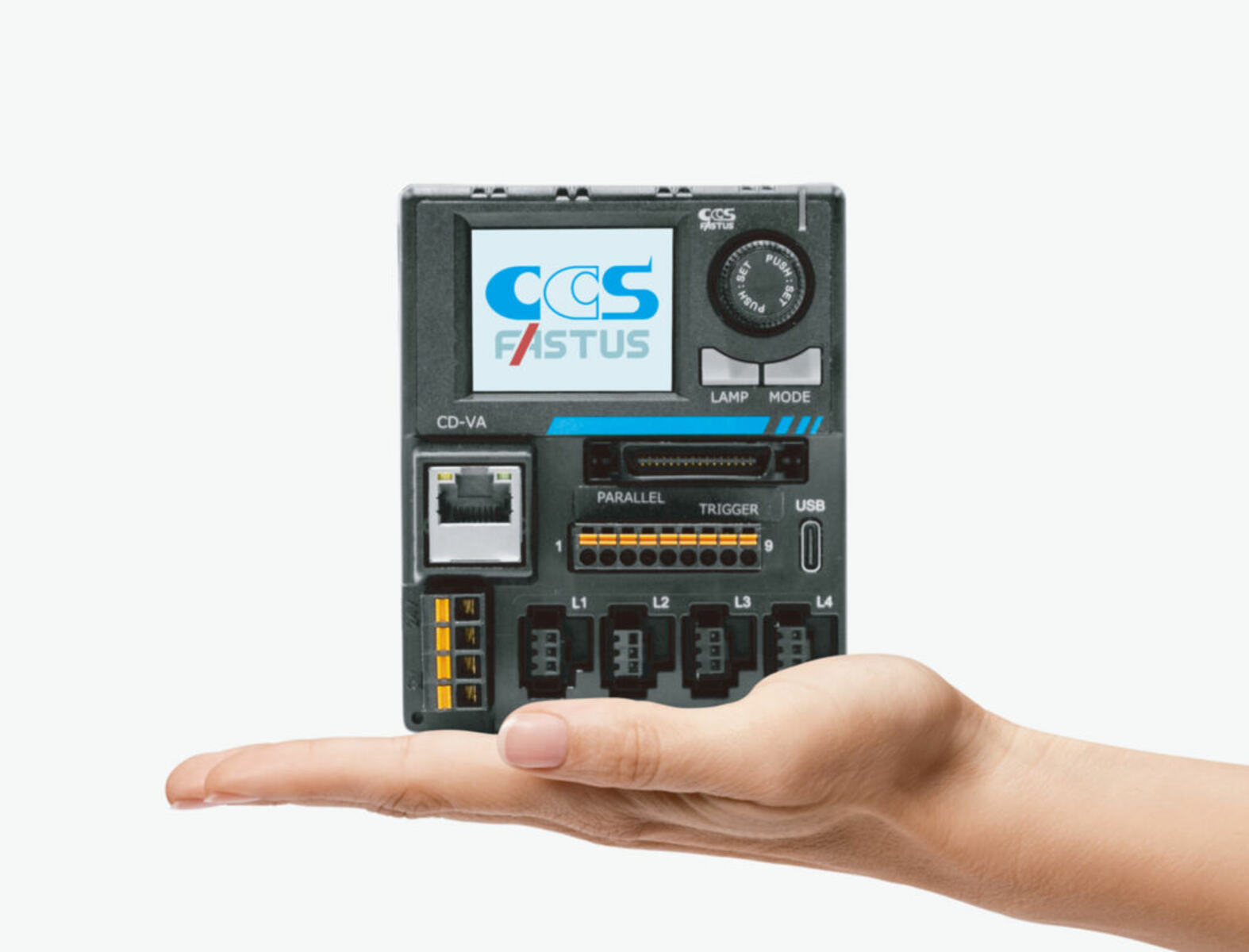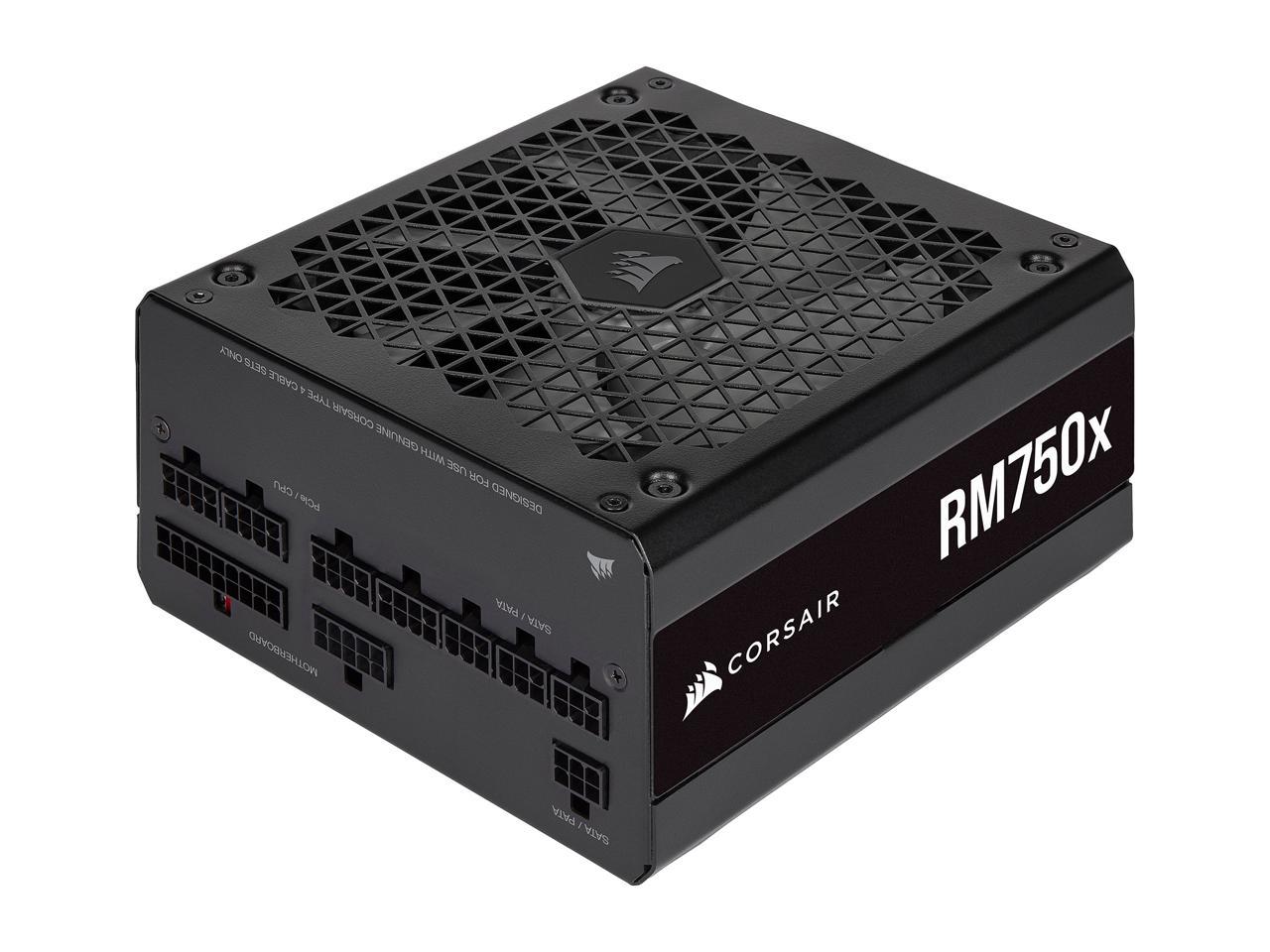Introduction
A power supply unit (PSU) is an essential component of a personal computer (PC) that provides the necessary electrical power to all the other components. It acts as the heart of the system, converting the alternating current (AC) from the wall outlet into direct current (DC) that is used by the PC’s internal components. Despite its critical role, the lifespan of a PSU can vary depending on various factors.
Understanding the lifespan of a power supply unit is crucial for PC owners, as it helps in planning for upgrades or replacements effectively. In this article, we will delve into the factors that can influence the lifespan of a PSU, signs of a failing unit, and tips to extend its longevity.
While purchasing a high-quality PSU can provide some assurance regarding its lifespan, it is still essential to be aware of the common lifespan range and signs of any potential issues. So, let’s dig deeper into the lifecycle of a power supply unit and discover how to maximize its longevity.
The Lifespan of a Power Supply Unit
The lifespan of a power supply unit (PSU) can vary depending on several factors, including its quality, usage pattern, and environmental conditions. On average, a well-built PSU can last anywhere between 5 to 10 years. However, it is important to note that this estimate may vary, and some units may last even longer or shorter periods.
One of the primary factors that affect the lifespan of a PSU is its quality and build. Higher-quality PSUs tend to have better components and more robust designs, which results in a longer lifespan. Investing in a reputable brand and ensuring the PSU is certified by standards such as 80 Plus can provide some assurance of its durability.
Another crucial factor influencing the lifespan of a power supply unit is the usage pattern or workload it is subjected to. PSUs that are constantly under heavy loads or running near their maximum capacity for prolonged periods are more susceptible to wear and tear. Conversely, PSUs that operate at lower loads or have intermittent usage often have a longer lifespan.
Environmental conditions can also impact the lifespan of a PSU. Excessive heat and humidity can accelerate component degradation and cause premature failure. It is crucial to ensure that the PC has adequate cooling, with proper airflow and well-maintained fans, to keep the temperature within optimal ranges.
Furthermore, power supply units are prone to wear over time due to the natural degradation of internal components. Capacitors, in particular, tend to deteriorate over the years, which can result in voltage fluctuations and system instability. Regular maintenance and inspections can help identify any potential issues and facilitate timely replacements, thereby extending the lifespan of the PSU.
Overall, while the lifespan of a power supply unit can vary, a well-built and properly maintained PSU should last between 5 to 10 years. However, it is important to monitor its performance, adhere to recommended usage guidelines, and be prepared for potential replacements as necessary.
Factors Affecting the Lifespan of a Power Supply Unit
Several factors can significantly impact the lifespan of a power supply unit (PSU). Understanding these factors is essential for PC owners to maximize the longevity of their PSU and avoid any potential issues. Let’s explore some of the key factors that affect the lifespan of a PSU:
1. Quality: The quality of a PSU plays a crucial role in determining its lifespan. Higher-quality power supplies are typically built with better components and adhere to stricter manufacturing standards. Investing in a reliable and reputable PSU brand can significantly increase its lifespan.
2. Usage Pattern: The usage pattern or workload that a PSU is subjected to can impact its longevity. Operating a PSU near its maximum capacity for extended periods or consistently running it under heavy loads increases the stress on its components, potentially shortening its lifespan. On the other hand, PSUs that operate within their recommended load range and have intermittent usage tend to have a longer lifespan.
3. Environmental Conditions: The environment in which the PSU operates can also affect its lifespan. High temperatures, humidity, and dust can accelerate component degradation and increase the risk of overheating. It is crucial to ensure that the PC is placed in a well-ventilated area with adequate airflow to keep the PSU cool and minimize the impact of environmental factors.
4. Power Surges and Fluctuations: Power surges and fluctuations can occur due to lightning strikes, faulty wiring, or power grid issues. They can potentially damage the PSU’s internal components, shorten its lifespan, or even cause immediate failure. Using a reliable surge protector or uninterruptible power supply (UPS) can help mitigate the risk of power-related damage.
5. Maintenance and Cleaning: Regular maintenance and cleaning of the PC and PSU are essential for maximizing the PSU’s lifespan. Dust accumulation can hinder proper airflow and lead to overheating. Periodic inspections, cleaning the dust filters, and checking for any loose connections or damaged cables are all important maintenance practices that can prevent potential issues.
6. Overclocking and Overpowering: Overclocking the PC’s components or powering the system with a PSU that does not provide sufficient wattage can put excessive stress on the PSU, potentially shortening its lifespan. It is crucial to ensure that the PSU’s wattage is appropriately matched to the system’s power requirements and to avoid excessive overclocking if longevity is a priority.
By considering these factors and taking appropriate measures, such as investing in a high-quality PSU, maintaining the PC and PSU adequately, and using proper power management practices, PC owners can prolong the lifespan of their power supply unit and ensure reliable performance for years to come.
Power Supply Unit Ratings and Efficiency
Power supply unit (PSU) ratings and efficiency are important considerations when it comes to both the performance and lifespan of the PSU. Let’s take a closer look at PSU ratings and how they impact efficiency:
1. Wattage Rating: The wattage rating of a PSU indicates its maximum power output capability. It represents the amount of power the PSU can deliver to the PC’s components. It is crucial to choose a PSU with the appropriate wattage for your system. Using an underpowered PSU can strain the components and potentially lead to instability or system failure, while an overpowered PSU is inefficient and can increase energy consumption. Understanding the power requirements of your components and selecting a PSU with sufficient wattage is essential.
2. Efficiency Rating: The efficiency rating of a PSU reflects how effectively it converts AC power from the outlet into the DC power used by the PC’s components. Efficiency is expressed as a percentage and indicates the amount of power lost during the conversion process. Higher efficiency ratings mean less power is wasted and more power is efficiently delivered to the system. Common efficiency ratings include 80 Plus, 80 Plus Bronze, 80 Plus Silver, 80 Plus Gold, 80 Plus Platinum, and 80 Plus Titanium. Choosing a PSU with a higher efficiency rating not only saves energy but also reduces heat generation and helps prolong the lifespan of the PSU.
3. Power Factor Correction (PFC): Power Factor Correction is a technology used in PSUs to improve their efficiency. It helps align the input power waveform with the actual power utilized by the components, reducing energy loss and improving overall efficiency. PSUs with active Power Factor Correction (APFC) or passive Power Factor Correction (PPFC) can provide higher efficiency and better compatibility with varying input voltages.
4. Modular vs. Non-modular PSUs: Modular PSUs offer the advantage of detachable cables, allowing users to connect only the necessary cables, reducing clutter and improving airflow within the PC case. This not only enhances cable management but also helps improve cooling and overall system efficiency. Non-modular PSUs have fixed cables which can lead to cable clutter and reduced airflow, potentially impacting the PSU’s efficiency.
5. Voltage Regulation: A good PSU should have stable and accurate voltage regulation, ensuring that the supplied voltages remain within a specific range. Voltage fluctuations can cause system instability and damage components over time. PSU models with better voltage regulation offer more reliable and consistent power delivery, aiding in the longevity and performance of the PC’s components.
By considering these factors, such as selecting a PSU with an appropriate wattage rating, choosing a higher efficiency rating, opting for a PSU with Power Factor Correction, and considering modular designs for improved cable management and airflow, PC owners can ensure optimal performance, energy efficiency, and increased lifespan of their power supply unit.
Signs of a Failing Power Supply Unit
Identifying the signs of a failing power supply unit (PSU) is crucial to prevent unexpected system failures or potential damage to other components. Here are some common indicators that may suggest your PSU is experiencing issues:
1. Random Shutdowns: If your computer shuts down randomly or unexpectedly without any apparent reason, it could be a sign of a failing PSU. Power supply units that are starting to deteriorate may struggle to provide a consistent and reliable power output, resulting in sudden system shutdowns.
2. Overheating: A failing PSU may generate excessive heat due to inefficient power conversion or internal component issues. If you notice unusually high temperatures near the PSU or the PC case overall, it could be an indication of PSU failure. Heat-related issues can also lead to system instability and cause further damage to other components.
3. Unusual Noise: Listen for any strange noises coming from the PSU, such as buzzing, clicking, or grinding sounds. These noises may indicate a faulty fan, loose components, or failing capacitors. Unusual noises can be caused by wear and tear or component failure and should be investigated promptly.
4. Intermittent Power Issues: If the PC experiences frequent power fluctuations or the system fails to power up consistently, it could be due to a failing PSU. Fluctuating power output can result in system instability, crashes, or failure to boot properly. Monitor for any issues related to power supply interruptions or inconsistencies.
5. Overloaded USB Ports: A failing PSU may struggle to supply sufficient power to USB devices connected to your PC. If you notice that USB devices are not functioning correctly, disconnecting and reconnecting randomly, or not receiving adequate power, it could be a sign of a PSU issue.
6. Burning Smell or Visual Damage: A burning smell, unusual odors, or visible damage such as scorch marks or melted components on the PSU are clear indications of a serious problem. These signs should not be ignored and immediate action should be taken to replace the PSU to avoid any safety hazards.
7. System Instability and Blue Screens of Death (BSOD): A deteriorating PSU can cause system instability, frequent crashes, and the infamous Blue Screen of Death (BSOD). If your PC experiences regular crashes, freezes, or encounters BSOD errors, it could be a result of inadequate power supply or voltage fluctuations caused by a failing PSU.
When you encounter any of these signs, it is essential to address the issue promptly. Failing power supply units can cause further damage to other hardware components or result in data loss. In such cases, it is recommended to consult a professional or replace the PSU with a new and reliable model to ensure continuous and reliable power to your PC.
How to Extend the Lifespan of Your Power Supply Unit
A longer lifespan for your power supply unit (PSU) means a more durable and reliable computer system overall. To ensure your PSU lasts as long as possible, consider implementing these practices to extend its longevity:
1. Choose a High-Quality PSU: Invest in a reputable brand and high-quality PSU from the beginning. A well-built PSU with reliable components and solid construction can withstand the test of time better than a lower quality unit.
2. Provide Adequate Airflow: Ensure that your PC case has proper airflow to keep the PSU and other components cool. Remove any obstructions, such as dust, and keep the fans clean and functional. Consider using additional case fans or a liquid cooling system if needed.
3. Use a Surge Protector: Protect your PSU from sudden power surges or fluctuations by using a reliable surge protector. This will help prevent potential damage caused by voltage spikes and provide a stable power supply to your computer.
4. Avoid Overloading the PSU: Do not overload the PSU by connecting too many power-hungry components that exceed its rated wattage. Check the power requirements of your components and ensure they are within the PSU’s capacity. Overloading can strain the PSU and shorten its lifespan.
5. Keep the PSU Clean: Regularly clean your PSU to prevent dust buildup, which can obstruct airflow and cause overheating. Use compressed air or a soft brush to gently remove dust and debris from the PSU’s vents and fans.
6. Avoid Extreme Temperatures: Keep your computer system in a well-ventilated area with stable room temperatures. Excessive heat can degrade PSU components and reduce its lifespan. Avoid placing the PC in direct sunlight or near sources of heat.
7. Shut Down Properly: When shutting down your computer, properly shut it down using the operating system’s shutdown function rather than cutting off power abruptly. This ensures a smooth shutdown process and reduces stress on the PSU.
8. Perform Regular Maintenance Checks: Regularly inspect your PSU for any signs of physical damage, such as loose cables, frayed wires, or bulging capacitors. Test the PSU voltage using a digital multimeter if necessary. Promptly address any issues to prevent further damage.
9. Avoid Overclocking: Overclocking your components can increase power consumption and put additional stress on the PSU. If you want to overclock, ensure you have a PSU with sufficient wattage and proper cooling to handle the increased power demands.
10. Keep Firmware and Drivers Updated: Ensure that your computer’s firmware (BIOS) and device drivers are kept up to date. Outdated firmware or drivers can cause conflicts and power-related issues that can impact the PSU’s lifespan.
By following these guidelines, you can help extend the lifespan of your power supply unit, ensuring a stable and efficient power supply to your computer system for years to come.
When to Replace Your Power Supply Unit
Knowing when to replace your power supply unit (PSU) is essential to maintain a reliable and efficient computer system. While PSUs can have varying lifespans, there are certain indications that it may be time for a replacement. Consider the following signs when determining whether your PSU needs to be replaced:
1. Age: The age of your PSU is an important factor to consider. As PSUs age, their internal components can deteriorate, leading to decreased performance and reliability. If your PSU is approaching or surpassing the manufacturer’s recommended lifespan, it is wise to consider replacing it.
2. Inadequate Power Output: Upgrading your computer system with power-hungry components may require a higher wattage PSU. If your current PSU does not provide sufficient power output to meet the demands of your system, it may be necessary to replace it with a higher wattage model.
3. Constant System Instability: If you are experiencing frequent crashes, freezes, or system instability, it could be a sign of an insufficient or failing PSU. Inadequate power supply can cause voltage fluctuations and instability in the system, requiring a replacement PSU to ensure reliable operation.
4. Loud or Malfunctioning Fans: Excessively noisy or malfunctioning fans in the PSU can be an indication of internal issues. If cleaning or lubricating the fan does not resolve the problem, it may be time to replace the PSU. Faulty fans can result in inadequate cooling and potential overheating of the PSU and other components.
5. Physical Damage or Burning Smell: Visible physical damage, such as scorch marks, melted components, or a burning smell, are clear signs of a serious problem. These signs should not be ignored, as they could indicate a potential safety hazard. If you notice any of these indications, immediately switch off your system and replace the PSU.
6. Insufficient Connectors or Ports: Upgrading or adding new components to your system may require additional power connectors. If your current PSU does not have enough connectors or lacks the necessary ports for your expansion needs, it might be time to upgrade to a PSU with more suitable connectivity options.
7. Incompatibility with New Technologies: If you are planning to adopt new technologies that require specific PSU features, such as improved efficiency or power-saving modes, your current PSU may not meet the requirements. In such cases, upgrading to a compatible PSU is advisable.
It is important to note that even if your PSU does not currently exhibit any of these signs, it is still recommended to periodically assess its performance and consider proactive replacement if it is nearing the end of its expected lifespan. Replacing an aging PSU before it fails completely can prevent potential damage to other components and ensure the continued stability and longevity of your computer system.
Conclusion
A power supply unit (PSU) is a critical component of a personal computer, providing the necessary electrical power to all other components. Understanding the lifespan of a PSU and the factors that can affect it is crucial for PC owners. With proper care and maintenance, it is possible to extend the lifespan of a PSU and ensure its optimal performance.
We explored the lifespan of a power supply unit, ranging from 5 to 10 years on average, depending on factors such as quality, usage patterns, and environmental conditions. By investing in a high-quality PSU, following recommended usage guidelines, and maintaining good airflow and cooling, PC owners can maximize the lifespan of their PSU.
We discussed the various factors that affect a PSU’s lifespan, including its quality, usage patterns, environmental conditions, power surges, maintenance, and power factor correction. Being aware of these factors can help users make informed decisions, choose the right PSU, and take the necessary steps to ensure longevity.
Additionally, we explored signs of a failing PSU, such as random shutdowns, overheating, unusual noise, power issues, overloaded USB ports, and system instability. Recognizing these signs allows users to take prompt action and replace the PSU before it leads to further damage or system failure.
We also provided tips on how to extend the lifespan of a PSU, including selecting a high-quality PSU, ensuring proper airflow, using surge protectors, avoiding overloading, keeping the PSU clean, maintaining stable temperatures, shutting down properly, performing regular maintenance checks, and avoiding excessive overclocking.
Lastly, we discussed when to replace a PSU, considering factors such as age, inadequate power output, system instability, malfunctioning fans, physical damage, insufficient connectors, and incompatibility with new technologies. Being proactive and replacing a PSU before it fails completely can help avoid potential issues and ensure the continued performance and reliability of the computer system.
In conclusion, understanding the lifespan of a power supply unit, taking necessary precautions, and being attentive to signs of failure are essential for maintaining a reliable and efficient computer system. By following best practices and replacing the PSU when necessary, PC owners can ensure a stable power supply and longevity for their systems.







